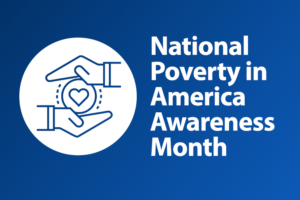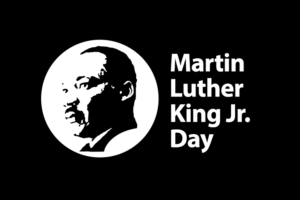Sarah Ford | October 20, 2013
Learning from Los Angeles: Building Reuse Key to Meet Housing and Office Demand
Reusing and retrofitting vacant and underused buildings, including more than 10 million square feet of vacant space in the urban core, can help Los Angeles grow more sustainability and meet demands for creative office space and housing, according to a study released today.
The report, Learning from Los Angeles, developed by the Partnership for Building Reuse, identifies numerous barriers to reuse, including inflexible and outdated zoning regulations, and recommends strategies to make the recycling of existing buildings a city priority. The Partnership between the National Trust for Historic Preservation and the Urban Land Institute Los Angeles brings together municipal leaders, community groups, property owners and developers to encourage market-driven reuse of existing buildings.
“Los Angeles has a great track record of reusing existing buildings,” said James Lindberg, Planning Director at the National Trust’s Preservation Green Lab. “With the revitalization of downtown gaining momentum and new transit corridors developing, the city is poised to become an innovative national leader in sustainable development and building reuse.”
Passage of the Los Angeles Adaptive Reuse Ordinance (ARO) in 1999 has demonstrated the benefits of reusing vacant buildings. More than 60 downtown buildings have been rehabilitated through the ARO, creating space for 14,000 new residents and helping to spur new infill construction that has swelled the downtown population from 18,000 to over 50,000 today. But with an estimated 500,000 jobs downtown, there is still plenty of demand for additional housing, creative office space, hotel rooms, retail outlets and entertainment and cultural venues.
“The ARO showed how removing regulatory barriers can unlock the potential of older buildings,” said Tom Gilmore, of Gilmore Associates, the first developer to use the ARO. “Now we have the opportunity to take this a step further,” he added.
The goal of the Partnership is to revitalize the urban core and mixed use areas along transit corridors by making it easier to recycle existing buildings to meet market needs.
“We know that vacant or obsolete buildings can be transformed into creative offices, housing and other economically vibrant and environmentally sustainable uses,” said Gail Goldberg, Executive Director of ULI Los Angeles. “This study helps create a blueprint for uplifting entire communities.”
The report offers strong recommendations to promote building reuse in Los Angeles. These include modernizing the city’s zoning regulations, streamlining city approval processes and promoting the economic, social and environmental benefits of recycling exiting buildings. The Partnership will expand into four other cities nationwide in 2014.
Download the report here: http://www.preservationnation.org/greenlab.
National Trust for Historic Preservation
The National Trust for Historic Preservation, a privately funded nonprofit organization, works to save America’s historic places. The National Trust for Historic Preservation, through its Preservation Green Lab, strengthens the fabric of communities by leveraging the value of existing buildings to reduce resource waste, create jobs and bolster a strong sense of community. The Preservation Green Lab integrates sustainability with historic preservation by developing research, demonstration projects and policies that decrease demolition and promote building reuse. Guided by a belief that historic preservation is essential to sustainable development, the Preservation Green Lab works with partners to create new pathways to shared prosperity and bring people together around a common vision for their neighborhoods, towns and cities.
Learn more at www.PreservationNation.org and connect with us on www.facebook.com/NationalTrustforHistoricPreservation and www.twitter.com/PresNation.
Get Resources and Insights Straight To Your Inbox
Explore More Articles
Open Position: Customer Service Coordinator (Remote-Part Time)
Position Title: Customer Service Coordinator (Remote – Part Time) Department: Charitable Funds Management Solutions We are a non-profit charitable organization looking for skilled individuals who…
Read ArticleGet Resources and Insights Straight To Your Inbox
Receive our monthly/bi-monthly newsletter filled with information about causes, nonprofit impact, and topics important for corporate social responsibility and employee engagement professionals, including disaster response, workplace giving, matching gifts, employee assistance funds, volunteering, scholarship award program management, grantmaking, and other philanthropic initiatives.





